Salkantay Pass Trek to Machu Picchu
Responsible travel is not just opting to carbon-offset your flights. It goes beyond picking up your trash and leaving nothing but footprints. It’s about choosing an ethical tour operator that is committed to sustainable practices and giving back to the local communities.
When I trekked to Machu Picchu, my group chose to take the path less traveled. We hiked through a range of ecosystems (cloud forests, ice-capped mountains, and sub-tropical jungle), but also supported villages that are bypassed by the Inca trail footfall. By camping in remote places, using local guides that were paid fairly, and removing our litter, we aimed to make a positive impact.
Salkantay Pass
Unlike the traditional Inca Trail, the Salkantay Pass is a more challenging trek that doesn’t require one of the limited permits (only 200 available per day). What’s more, mules are allowed on this trail to help carry your kit.
Official Machu Picchu Website – Info & Requirements for Visiting Machu Picchu
When to Go:
The best time of year to hike is during the dry season from late April to late September.
Pre-trek
As the capital of Cusco lies just shy of 4,000m above sea level, our first day in Peru was spent acclimatizing to the altitude. Having tasted the nuclear-colored Inca Kola, we were ready to tackle the steep hill leading from Plaza de Armas to the ruins of Sacqsayhuaman (say it aloud). Women wearing bright embroidered skirts sold Peruvian wares in front of Cristo Blanco.
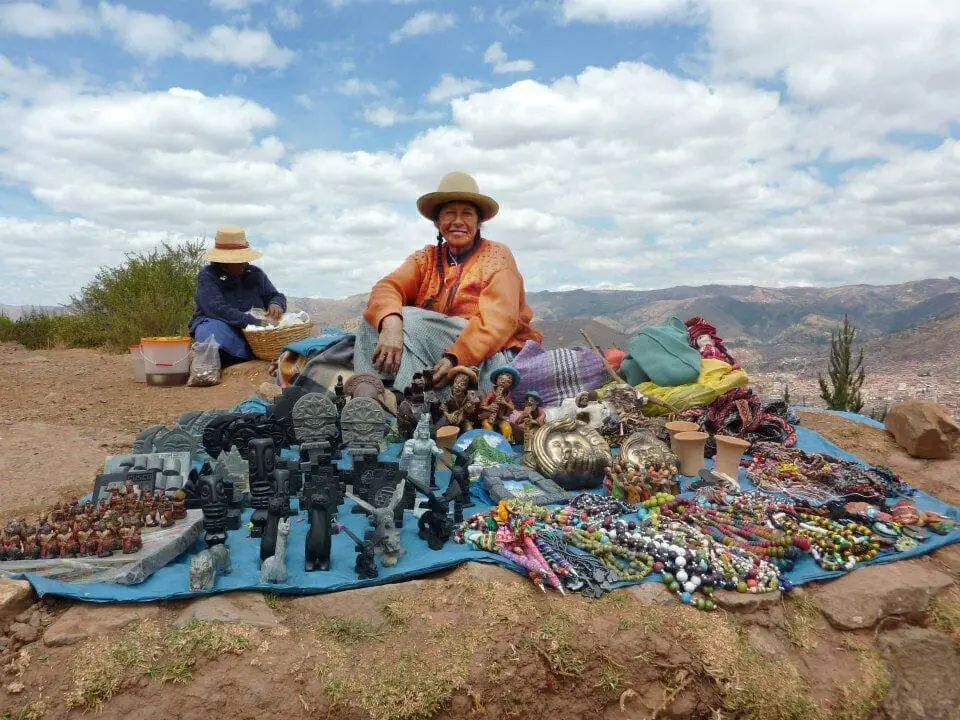
Realizing that the Sacred Valley mountain air was cooler than I’d anticipated, I stocked up on a couple of warm jumpers made from llama wool. The evening was spent trying the local favorite quinoa soup, accompanied by every shade of potato you could think of. I danced to panpipes in a last-ditch attempt to wear in my boots before the trek.
Day 1
Starting early, we hit the road to begin our trek at Marcojasa. Part of the road had been demolished by a landslide, so we hopped out to watch our bus drive over some hastily laid planks of wood. Stopping at Mollepata, we bought bamboo sticks that became our inseparable walking companions.
Beginning our trek, we walked along the aqueduct that wound its way along the Apurimac valley. The river flowed quietly, and it was hard to believe it was the first tributary to the mighty Amazon. We met our arrieros (horsemen) who would be assisting us along the way. The short shrub of the high puna grasslands made the surrounding mountains seem to grow higher.
Following the trail to Soraypampa (3,850m), we camped up for the night under a clear sky pricked with stars under the looming presence of Nevada Salkantay (6,271m). The ice-capped mountain shone blue in the moonlight.
Day 2
Woken at dawn with a steaming cup of sweetened coca tea, we set off on the most gruelling part of the trek. Passing through the glaciated valley, we hiked the pebbly path and gave way when the returning mules clopped by.
Piles of stones, or apachetas, left by other travelers dominated the landscape. The trail began to switchback on itself, and the locals fittingly call this section Siete Culebras (Seven Snakes).
The ascent to the Salkantay Pass was steep and long. A freezing fog clung to the mountains, so when we arrived at the peak at 4,600m high, we could barely make out the wooden signposts signaling our arrival. The earflaps on our woolen chullos were beaded with water.
Descending back down past giant boulders and boggy ground, we camped at Huaramachay (or Wayra Machay) for the night, where it was rumored there was a wild boar on the prowl.
Day 3
At sunrise, we took breakfast and the bells around the mules’ necks clanged as they filed out of the camp. Moths spread their wings in the sunlight, drying off the dew. The surrounding mountains cast triangular shadows, before finally allowing us to warm up in the sun.
The terrain changed quickly and we entered the cloud forest area, where mist rose and fell from the tree canopy. Continuing on, the air became heavy as we passed into the subtropical jungle. We stopped to briefly apply some insect repellent as the altitude no longer protected us from bites. Our guides plucked fruta de Granada (pomegranates) for us to slurp.
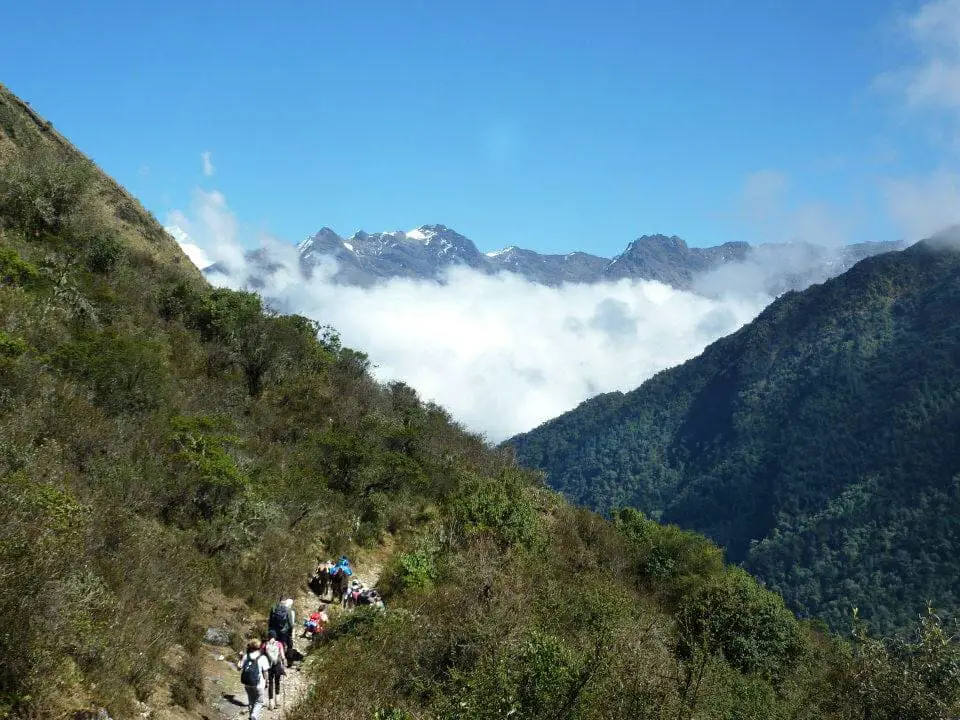
We arrived at Collpapampa; a small village nestled high in the Apurimac valley. Huts with thatched rooves and hammocks provided shade, and we bought refreshments and fresh fruit from the locals as children chased hens on the grass.
Back on the thin path, we spotted lizards and tarantulas hiding in the tropical undergrowth. Butterflies the size of plates lazily flapped over our heads, and we saw a treacherous-looking gondola ferrying brave volunteers to the other side of the valley. We used the sturdier Urubamba bridge instead.
Day 4
We camped at Wiñaypocco and washed briskly in the stream before setting off. Heading down into the Santa Teresa valley, we stopped by the rare orchids that attracted small, flitting hummingbirds.
After taking lunch at Lucmabamba, we began an arduous three-hour slog uphill to reach Llactapata (or Patallacta). The Incan ruins sit atop an elevated plain that gives you a sneak peek at Machu Picchu itself. Here, we spotted a rare Andean condor in flight, with the largest wingspan of any bird on Earth.
We descended back down a steep path, being careful not to trip over the dense tree roots or grab any hanging vines that could be snakes.
Day 5
Now in the Aobamba valley, we hiked past the hydroelectric plant and crossed into the Machu Picchu National park. Following a picnic by the river, we walked along the train tracks, skipping over the sleepers as noisy parakeets flew overhead.
The Peru Rail train passed us on its way to Aguas Calientes and we had to jump into the tree line for cover. Huge banana plants with gorging purple flowers and the red berries of coffee plants bordered our path.

After three more hours, we reached the town of Aguas Calientes (Hot Water), famed for its natural hot springs. Camping in a nearby field, we explored the town which appeared strangely Swiss with log cabins everywhere. We had an early night in preparation for the finale.
Day 6 – End of Salkantay Pass
With the crescent moon still high, we packed up and set off, hoping to catch sunrise at Machu Picchu. While some tour groups opt for the train up, we walked the 200 plus steps to reach the summit. After tackling their hefty stone stairs, I understood why the Incas ate cacao beans and chewed coca leaves.
At the top, the early exertions had left us steaming. Our clothes were smoking in the cool air. We queued up with our passports ready and received the auspicious Machu Picchu stamp.
Lined up on a high terrace, we gazed over the misty ruins of the Inca citadel as the rising sun spilled into its staggered terraces. Llamas grazed up high, oblivious to their epic backdrop. Rather than climbing to the top of Huayna Picchu (the iconic peak), we hiked to the Sun Gate, where the Incas trail emerges.
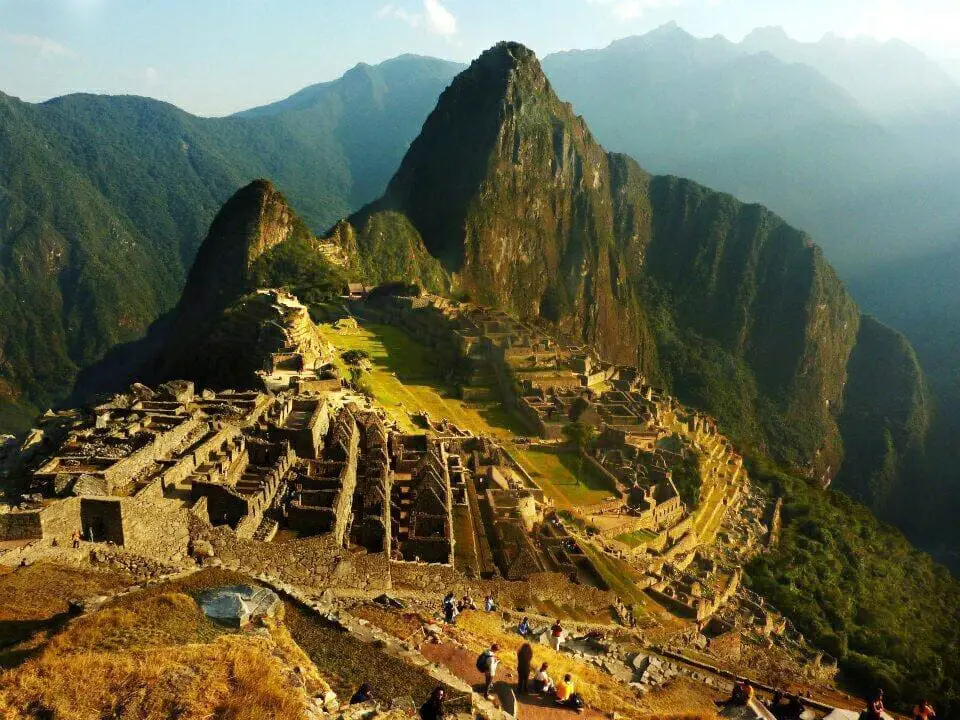
Catching the late afternoon train to Ollantaytambo before catching a bus back to Cusco, we toasted our trek and porters with pisco sours.
Pin It!
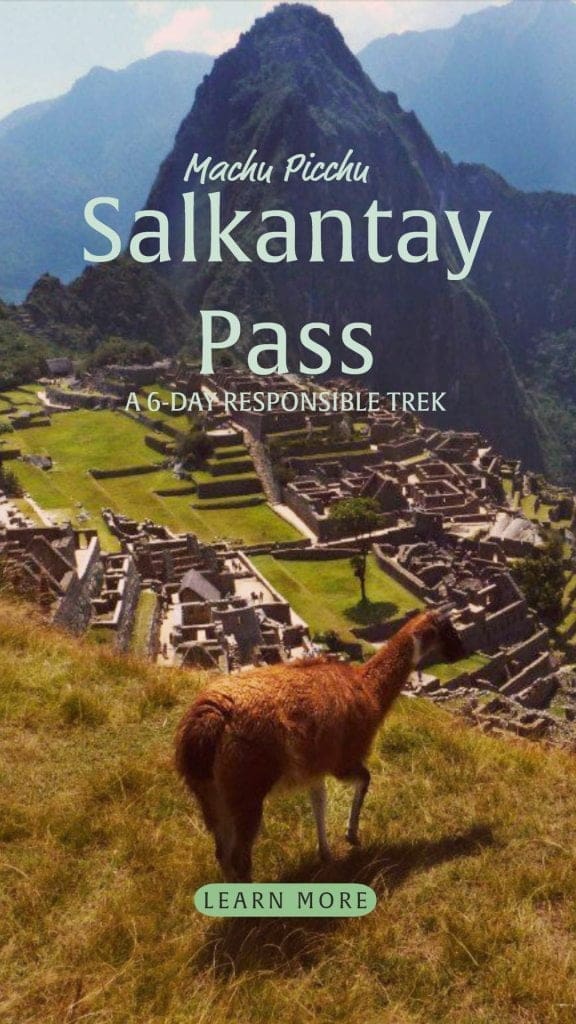
Have you ever done the Salkantay Trek? Have anything to share? We love reader feedback!


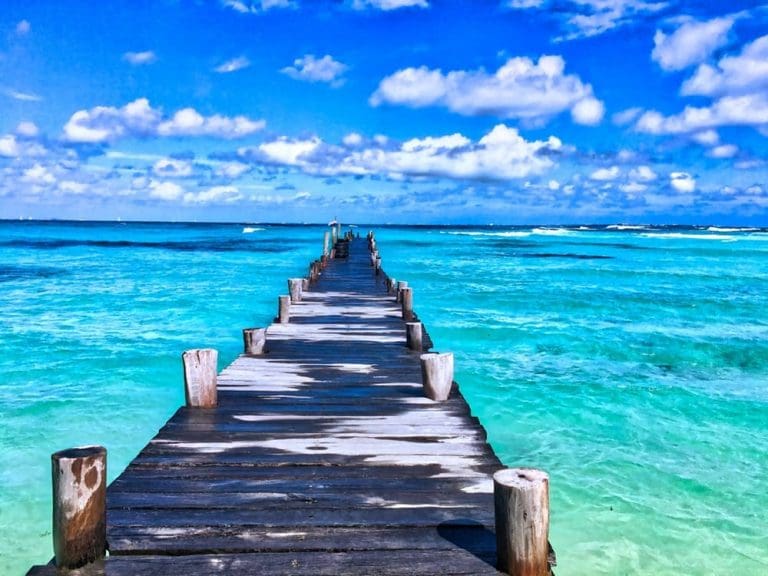
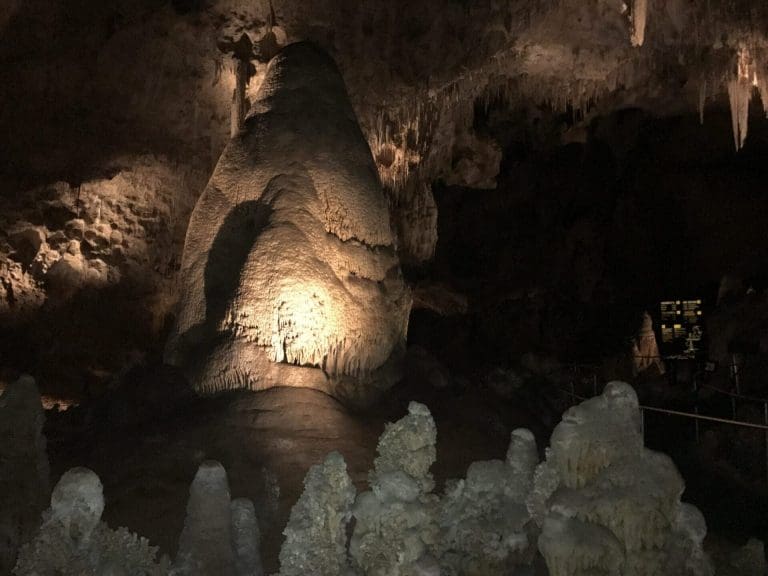
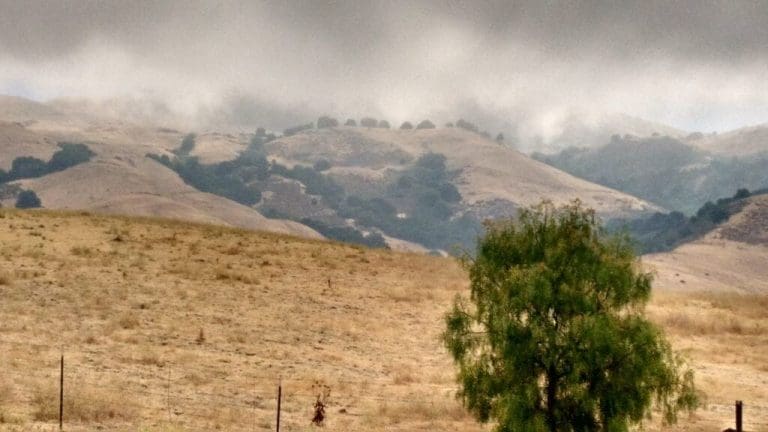
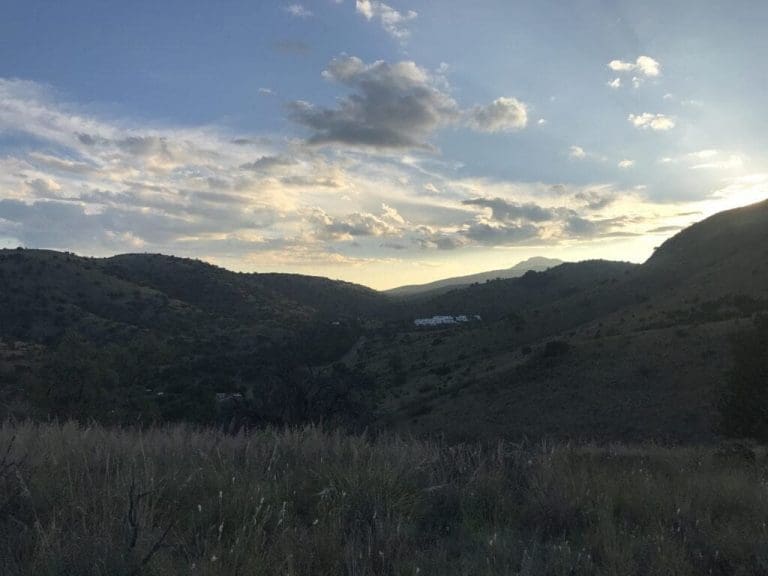
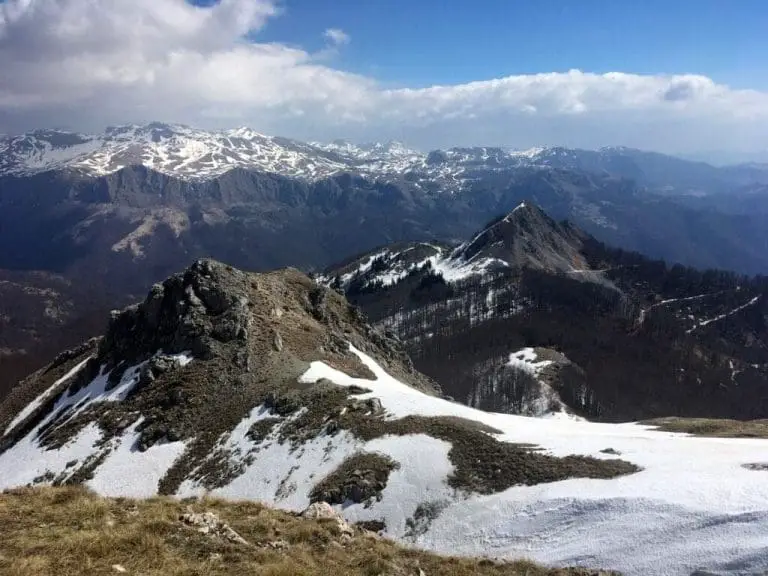

Great piece, very informative